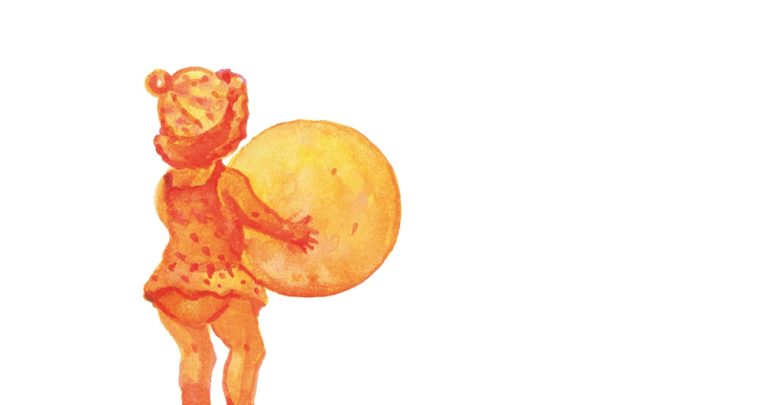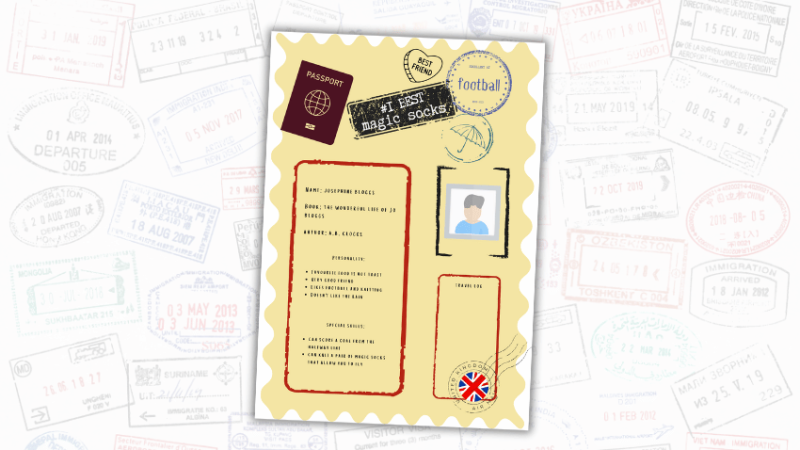How Memoir Writing can Produce Children’s Best Work

Memoir writing encourages children to comb the beaches of their past for the brightest stones, with often brilliant results

Memoir is a hugely rewarding genre to teach, providing the best platform for children to feel they are experts in their topic before they begin writing, and giving them enough scope to be playful and try out many of the things they like writing best.
It’s very much in the business of storytelling and thus different from a recount where the emphasis is on a series of events described in chronological order.
When we began teaching memoir to our class, we spent a whole week preparing them to write their first draft. We wanted them to get a firm understanding of the memoir genre, what is needed to create a great one, and to give children the resources and opportunity to generate a memoir idea of their own. Here’s how we did it.
Day 1
Unpicking the memoir
We have created a number of booklets to support teachers and children with writing in different genres – instructions, newspaper articles, persuasive letters, etc – which share with pupils the hidden rules that govern the types of writing we engage in every day (find out more on our website).
Having shared our memoir booklet with children, they discussed in pairs the possible content and purpose of this mode of writing, and only then considered the linguistic devices memoir writers might use.
We then shared with the class some of the memoirs we’d written previously, which received a great response. It opened a lively discussion on the merits of different openings and endings, the quality of description, and most importantly why each of us might have felt the need to write that particular memory.
Children agreed that neither topic was remarkable in itself, but that we had made each one special and significant through description and feeling – through making it like a story.
We emphasised this point throughout the project, and referred to how Michael Rosen does it so well in his prose poems, which we regularly enjoy. In addition, making an ordinary incident into something worthy of a memoir means that children can avoid particularly heartfelt or personal subjects if they wish.
Within the memoirs we’d written children found examples of time references, simile and metaphor, repetition, poetic language and exaggeration.
We reminded them constantly that they could use all these devices (‘tricks’) in their writing. We also emphasised the need to have one ‘pebble moment’ to focus on (taken from Nancie Atwell’s book In The Middle).
Children often choose general topics when generating writing ideas, such as ‘When I went to the football’, or ‘Our school trip to PGL’.
What we have had to teach children is that these topics contain a beach full of pebbles they could write about – with each pebble being an idea for a piece of writing. They need to find just one pebble from their beach.
This was not always easy to convey at first, but by the end of the week ‘finding the pebble’ was a hugely rewarding pursuit.
Day 2
Exaggerating the truth
We read the chapter in Roald Dahl’s memoir Boy called ‘The Great Mouse Plot’. Children discussed the description of Mrs Pratchett and found the ‘pebble’ in this description (her fingernails).
We reminded them that Roald Dahl probably wrote it many years after the event, and so questioned how he remembered what everyone said.
We told children that they can make up speech when they write, and that they can depart from the exact truth of the events, that it can be quite enjoyable to use hyperbole (exaggeration) in your memories – and that in fact we do this all the time!
Day 3
How not to do it
Within our genre guide booklet, we included an example of a ‘badly written’ memoir.
Children immediately spotted the lack of description, character development, pebble, coherent story, and a number of unexplained references.
This confirmed they had really internalised the essential ingredients of a good memoir. It was an enjoyable lesson hearing them be so critically engaged in a text.
Some children even began to revise it themselves, writing on the typed copy; all chose to add description.
When we checked in with the class on their own memoir ideas, we were worried that several children had not yet thought of anything, were coming up with ideas which had no depth or strong feeling or were too general. We decided to ask everyone the next day to share their ideas with the whole class as a way of enabling peer support.
Day 4
Picking a pebble
Hearing other people’s ideas acted as a spark and some pupils changed their topic for a stronger one. If a child couldn’t decide between two ideas we considered putting it to a class vote. It’s important to say that we rejected some ideas.
In this session children also had to identify the pebble for their writing. We both showed the children our own writing notebooks as these demonstrated how each of us had managed to move from the general idea to the specific focus.
This discussion seemed to turn things around significantly. We ended up feeling far more confident about pupils’ choice of subject, and so did they. We asked them to straightway jot down the revised idea and what the pebble was going to be.
There was a real buzz in the classroom and many children wanted to be given time in the week to write about other memoir ideas they were having.
Day 5
Putting it all together
At the end of the week children were ready to write a first draft. We were confident they understood what they needed to do to write a good memoir: choose a topic which may be everyday or unremarkable in itself, but which can be made memorable both for themselves and the reader through an emotional investment; focus on one pebble; use description, poetic language, feelings, good openings and endings; and employ devices such as repetition and a little exaggeration.
How to write a good memoir
- Use ‘idea hearts’ (banks of writing ideas), and ‘questions for memoirists’ (What was the happiest/saddest /funniest moment you can think of?) to help with generating ideas.
- Write it like a story, using narrative devices, good openings and endings, poetic or figurative language, and attention to setting, description and character.
- Find your ‘pebble’.
- Use a little hyperbole (exaggeration).
- See what techniques real writers use.
- Make the ordinary memorable – remember, ordinary things are often the things that really matter.
A final word about examples. We felt our own memoirs were very successful. We put this down to the fact that we presented them with enthusiasm and enjoyment and that we were able to talk to the children about the topic, how we came to write it, and our writing process.
Children were really engaged to know and learn from this. We now have the idea of collecting the best memoirs written by the children in our class and using them as examples next year.
Felicity Ferguson and Ross Young are experienced primary teachers. Find out more about their Genre Booklets on literacyforpleasure.wordpress.com and follow Writing Rocks on Twitter at @writingrocks_17.








